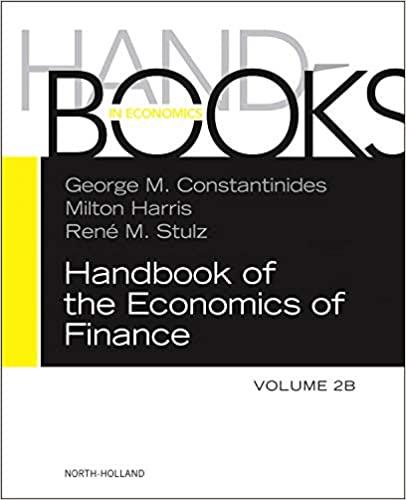




10 points eBook Suppose a stock had an initial price of $82 per share, paid a dividend of $1.20 per share during the year, and had an ending share price of $90. Compute the percentage total return. (Do not round intermediate calculations and enter your answer as a percent rounded to 2 decimal places, e.g., 32.16.) Total return % 2 10 points eBook Print References Check my work Suppose a stock had an initial price of $72 per share, paid a dividend of $2.60 per share during the year, and had an ending share price of $59. Compute the percentage total return, dividend yield, and capital gains yield. (A negative answer should be indicated by a minus sign. Do not round intermediate calculations and enter your answers as a percent rounded to 2 decimal places, e.g., 32.16.) Total return Dividend yield % Capital gains yield 3 10 points eBook B CO Hint Print Check my work Refer to Table 12.2. a. What was the average annual return on large-company stock from 1926 through 2016 in nominal terms? (Do not round intermediate calculations and enter your answer as a percent rounded to 2 decimal places, e.g., 32.16.) b. What was the average annual return on large-company stock from 1926 through 2016 in real terms? (Do not round intermediate calculations and enter your answer as a percent rounded to 2 decimal places, e.g., 32.16.) a. Nominal return % b. Real return % 4 10 points eBook Hint Print Check my work Refer to Table 12.2. a. What is the historical real return on long-term government bonds? (Do not round intermediate calculations and enter your answer as a percent rounded to 2 decimal places, e.g., 32.16.) b. What is the historical real return on long-term corporate bonds? (Do not round intermediate calculations and enter your answer as a percent rounded to 2 decimal places, e.g., 32.16.) a. Government bonds % b. Corporate bonds % 5 10 points eBook Print References Check my work Using the returns shown above, calculate the arithmetic average returns, the variances, and the standard deviations for X and Y. (Do not round intermediate calculations. Enter your average return and standard deviation as a percent rounded to 2 decimal places, e.g., 32.16, and round the variance to 5 decimal places, e.g., .16161.) X Y Average returns % % Variances Standard deviations % % Year 12345 Returns X82210 15 33 14 19 23 18 % 14 - Y 15 %











